South Africa might be known for its welcoming spirit and rainbow nation identity, but several destinations across the country require special permits, bookings, or specific documentation before you can enter. These restrictions exist for various reasons: protecting wildlife, preserving cultural heritage, maintaining security, or managing tourism impact.
From UNESCO World Heritage Sites to private game reserves, from border towns to military zones, these areas operate under special entry requirements that travelers need to know about. Here is a list of 18 South African towns and areas with specific travel entry rules.
Robben Island, Western Cape
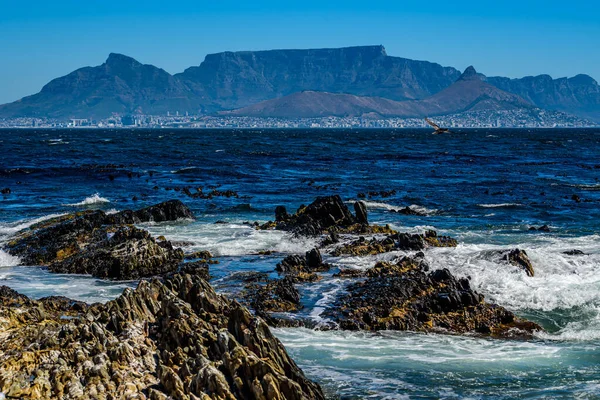
Robben Island requires advance ferry bookings and operates scheduled tours only, with all visitors transported via ferries departing from the Nelson Mandela Gateway at the V&A Waterfront in Cape Town. You can’t just show up and expect to visit this UNESCO World Heritage Site.
Robben Island Museum manages the island and operates as a living museum, with tours conducted by guides who are often former prisoners. Weather conditions can cancel ferry services, so your visit isn’t guaranteed even with a booking.
Sabi Sands Game Reserve, Mpumalanga
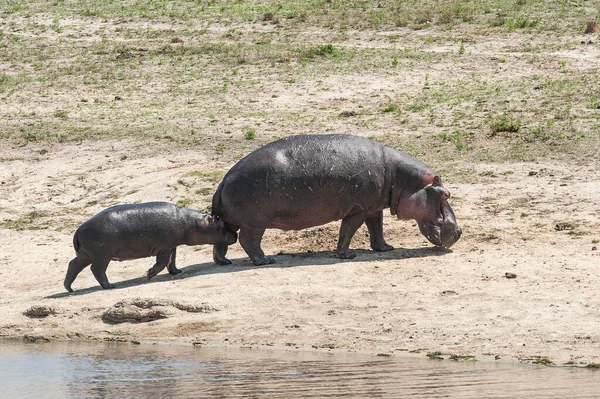
Sabi Sands is a private game reserve that shares an unfenced border with Kruger National Park, known for its high density of wildlife and luxurious lodges where guests must stay at participating lodges to access the reserve. You can’t drive in on your own or camp here like you would in a national park.
Packages usually include luxury accommodations, all meals and activities, with game drives conducted in open vehicles and off-road driving permitted for close-up Big Five encounters. Think of it as an exclusive club where your lodge booking is your entry ticket.
Like Travel Pug’s content? Follow us on MSN.
Timbavati Private Nature Reserve, Mpumalanga
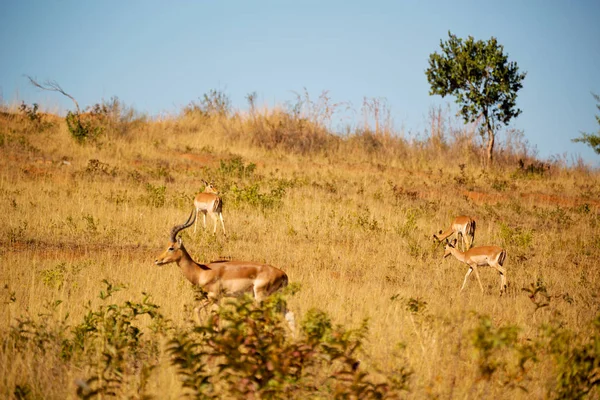
Timbavati is adjacent to Kruger National Park and home to about a dozen luxury game lodges, famous for the sporadic birth of rare white lions and requires accommodation at one of the reserve’s lodges for access. The reserve is known for offering a more rustic and authentic experience compared to some commercialized reserves, with limits on the number of lodges and a restriction of two vehicles per wildlife sighting.
Day visitors aren’t permitted, making this truly an overnight destination only.
Musina, Limpopo
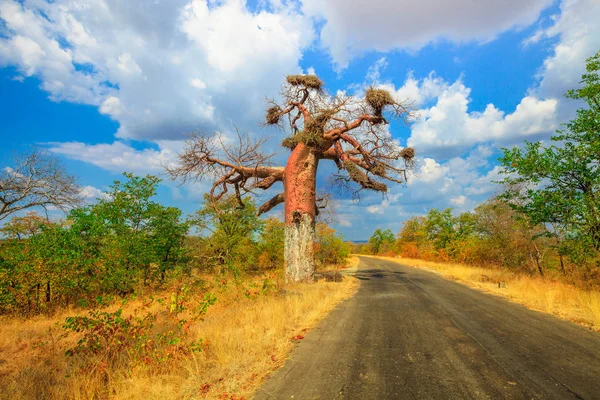
Musina sits just 16 km from the Beitbridge border post, which is the busiest road border crossing in Southern Africa, and visitors need proper documentation for border procedures even when just visiting the town. The town serves as a gateway for thousands of migrants and travelers crossing between South Africa and Zimbabwe daily. An estimated 15,000 people cross daily either through the official border post or at illegal crossing points.
While you don’t need special permits for the town itself, your proximity to international borders means extra security checks and document verification.
Cradle of Humankind, Gauteng
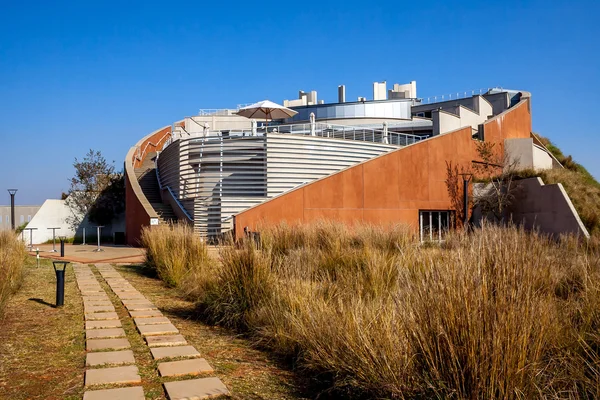
The Cradle of Humankind was declared a UNESCO World Heritage Site in 1999 and occupies 47,000 hectares with access to caves and fossil sites requiring guided tours and bookings, particularly for the Sterkfontein Caves. You can’t just wander around fossil sites on your own.
Tour the Sterkfontein Caves, view current excavation sites, or visit the Maropeng Centre, but access to sensitive archaeological areas requires special permits and professional supervision. Some research areas are completely off-limits to general tourism.
Like Travel Pug’s content? Follow us on MSN.
Mapungubwe National Park, Limpopo
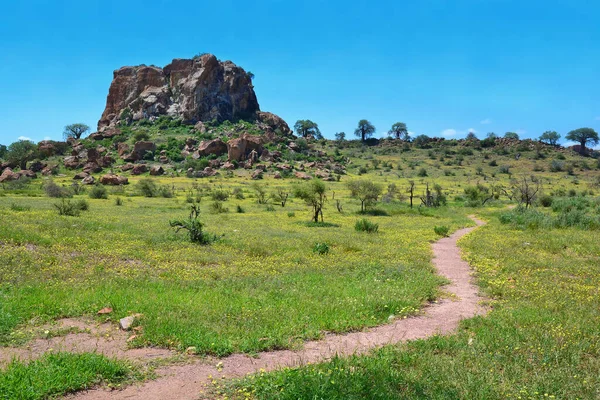
Mapungubwe Cultural Landscape was declared a UNESCO World Heritage Site and contains evidence of South Africa’s first kingdom, with access to archaeological sites requiring special permits and guided tours. The park is rich in biodiversity and offers activities like treetop walks and following the Route of the Lost Kingdom, but visitors must enter through designated gates and follow prescribed routes.
The cultural sensitivity of this site means certain areas have restricted access to protect archaeological integrity.
Kimberley, Northern Cape
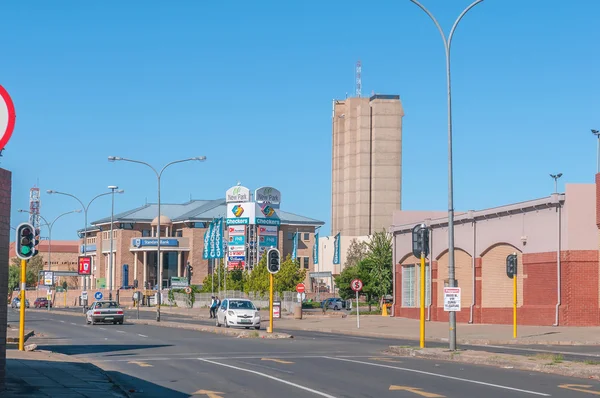
Kimberley has specific mining heritage sites, including the Big Hole (former Kimberley Mine), where artisanal miners now operate under special permits, and access to certain mining areas requires proper authorization. The Kimberley Mine was closed in 1914, but several other mines remain productive, and diamond mining areas have controlled access.
While the city center is open to all, certain historical mining sites and active mining areas require advance permission or guided tours.
Mokala National Park, Northern Cape
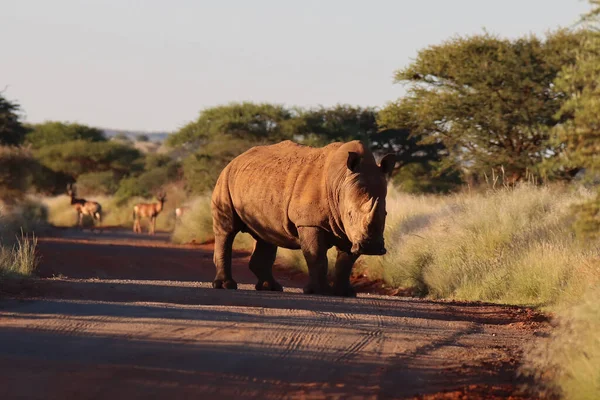
Mokala National Park requires entry permits and has two designated entrances on the N12 between Kimberley and Cape Town, with visitors required to report to reception first to obtain gate permit numbers. When you enter the park, you must first report to reception to obtain a gate permit number, and if it has rained, not all roads are accessible for normal vehicles, with some internal roads closed during the rainy season.
The park operates strict vehicle requirements and access controls depending on weather conditions.
Like Travel Pug’s content? Follow us on MSN.
Kgalagadi Transfrontier Park, Northern Cape
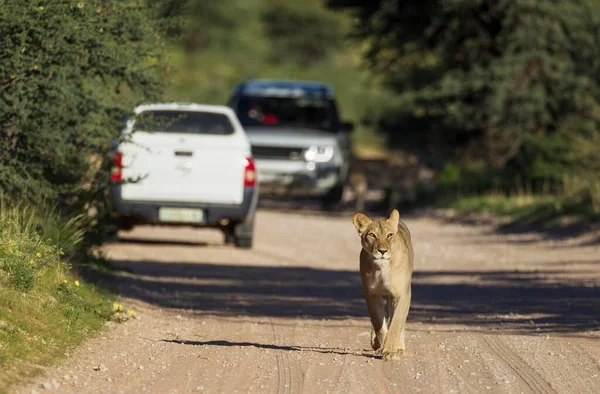
Kgalagadi Transfrontier Park requires bookings and specific vehicle requirements, with management insisting on 4×4 vehicles with high-ground clearance and low-range capabilities for certain camp bookings at Bitterpan and Gharagab. This isn’t your average national park where any car will do.
Twee Rivieren is the park’s largest rest camp and administrative headquarters, where all visitors must check in, and it’s the only camp with 24-hour electricity and cell phone reception. The remote nature and harsh conditions mean strict entry procedures.
Madikwe Game Reserve, North West
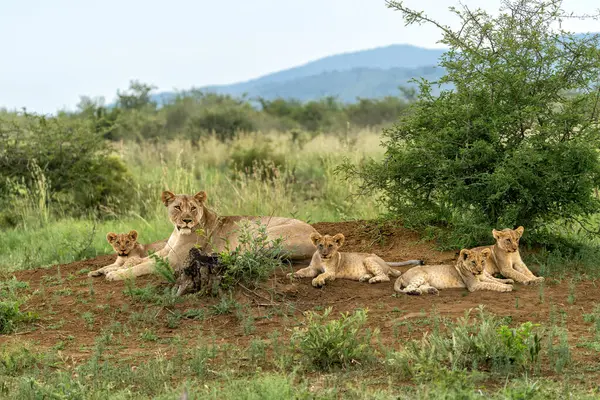
Madikwe is one of South Africa’s largest private game reserves with malaria-free status, requiring accommodation bookings at approved lodges within the reserve for access. Day visitors aren’t typically permitted. The reserve has limits on the number of lodges and fewer cars on roads than national parks, with guests needing to stay at one of the luxury lodges that operate within the concession.
Your lodge booking essentially serves as your entry permit to this exclusive Big Five destination.
Phinda Private Game Reserve, KwaZulu-Natal
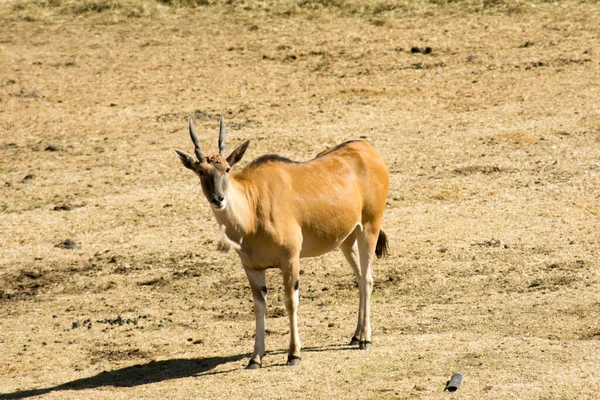
Phinda Game Reserve is known for its diverse habitats and rare species, particularly cheetahs, with access requiring accommodation at one of the reserve’s lodges and bookings for specialized activities. The reserve is on par with Sabi Sands in terms of wildlife viewing and prides itself on the quality of guiding, with experiences focused on more than just chasing the Big Five.
Independent day visits aren’t allowed, maintaining the exclusive nature of this private conservation area.
Like Travel Pug’s content? Follow us on MSN.
Shamwari Game Reserve, Eastern Cape
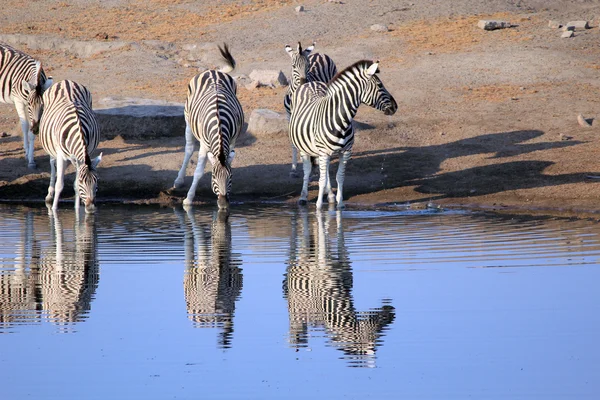
Shamwari Game Reserve is the most popular of the Eastern Cape’s private reserves, offering wildlife viewing almost on level with the Greater Kruger area, with family-friendly lodges featuring special ‘Kids on Safari’ programs. Like other private reserves, entry is only permitted to lodge guests. Wildlife viewing includes excellent white rhino sightings in grassy areas and good chances of spotting black rhino in the remote north of the reserve.
The reserve operates under strict conservation protocols that limit general public access.
Tswalu Kalahari Reserve, Northern Cape

Tswalu Kalahari is South Africa’s largest private game reserve, comprising more than 100,000 hectares in the southern Kalahari, with only The Motse and Tarkuni House as accommodation for a maximum of 30 guests at once. At its most crowded, Tswalu has 3,000+ hectares per visitor, and because it’s privately owned, it offers unique activities like after-dark experiences, on-foot or horseback experiences.
Access is strictly controlled through accommodation bookings at these two exclusive facilities.
Vredefort Dome, Free State
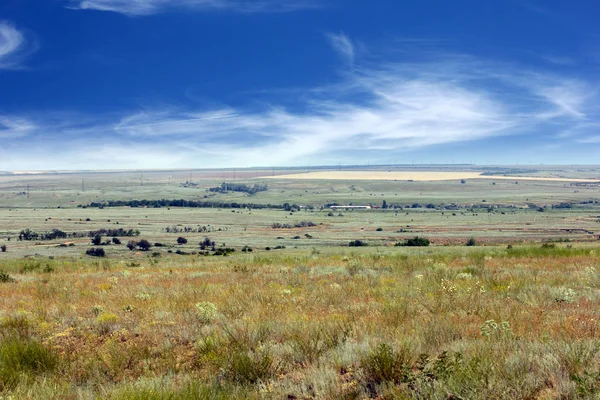
Vredefort Dome is a UNESCO World Heritage Site dating back 2,023 million years as the world’s largest verified impact crater, requiring guided access to sensitive geological sites. While you can visit the general area, the astrobleme has a radius of 190 kilometers and represents the world’s greatest known single energy release event, with certain research and protected areas requiring special permits.
Scientists and researchers need specific authorization to access the core areas of this ancient meteorite impact site.
Like Travel Pug’s content? Follow us on MSN.
Witbank (Emalahleni), Mpumalanga
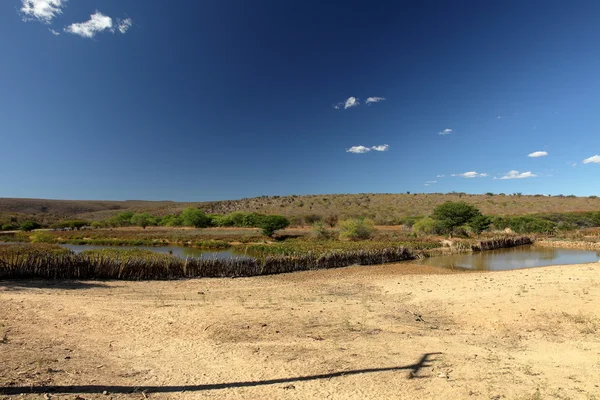
Emalahleni (formerly Witbank) includes several mining company towns and coal mining areas where access to active mining operations requires permits and safety clearances. The area includes smaller company towns close to mines and power stations like Ogies and Kriel, with mining companies having actively closed many of these towns over the past three decades.
While the main town is accessible, certain mining zones and company property areas have restricted entry for safety and security reasons.
Hermanus Marine Protected Area, Western Cape
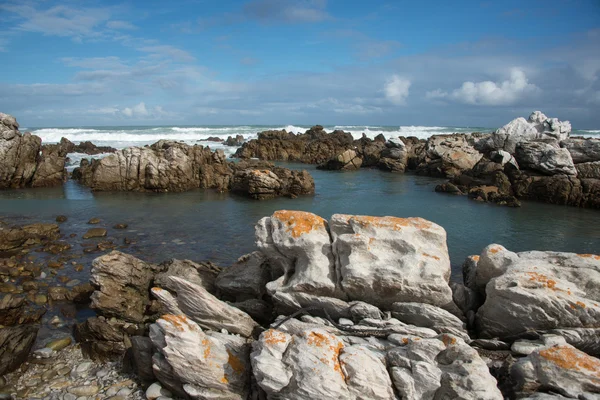
This coastal town’s whale watching areas include marine protected zones where boat operators need special permits for whale watching activities. Marine protected areas in South Africa have specific sections zoned as both Restricted and Controlled areas, with controlled areas requiring valid permits for activities like whale watching, scuba diving, or commercial fishing.
Boat-based whale watching during the season requires operators to have proper marine permits and follow strict approach guidelines for marine mammal protection.
Alexander Bay, Northern Cape
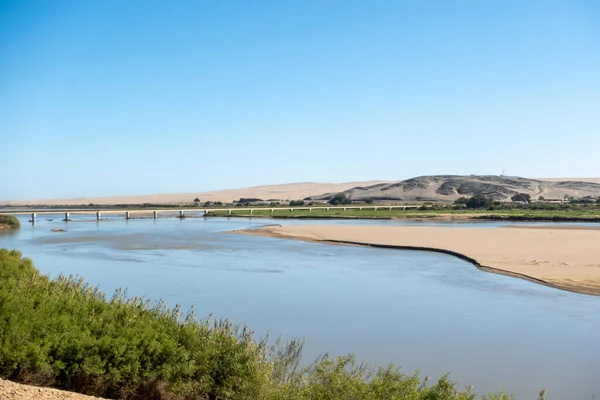
This diamond mining town near the Namibian border operates under strict security due to active diamond mining operations along the coast. Access to certain beach areas and mining zones requires permits from the mining companies. The town’s proximity to the Orange River mouth and Namibian border also means additional security checks.
Diamond security protocols have been in place here for decades, making parts of this coastal area effectively restricted access zones.
Like Travel Pug’s content? Follow us on MSN.
Prince Edward Islands Research Station, Southern Ocean
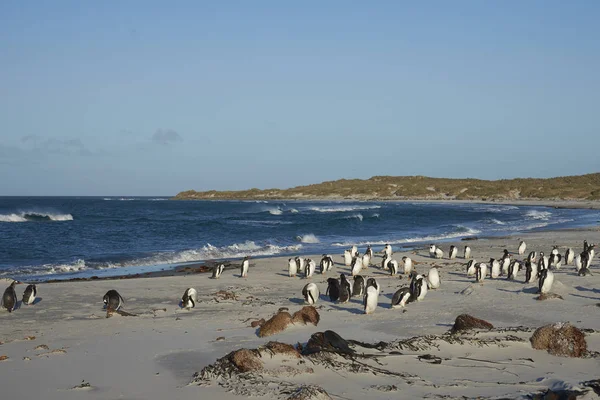
While technically not a town, South Africa’s sub-Antarctic research stations on Marion and Prince Edward Islands require special permits from the Department of Environmental Affairs for any visits. Only researchers, logistics personnel, and approved support staff can access these remote islands, located about 1,200 miles southeast of Cape Town.
The harsh conditions and environmental sensitivity mean civilian tourism is essentially prohibited, with supply ships operating on strict schedules and weather permitting.
Why These Entry Rules Exist
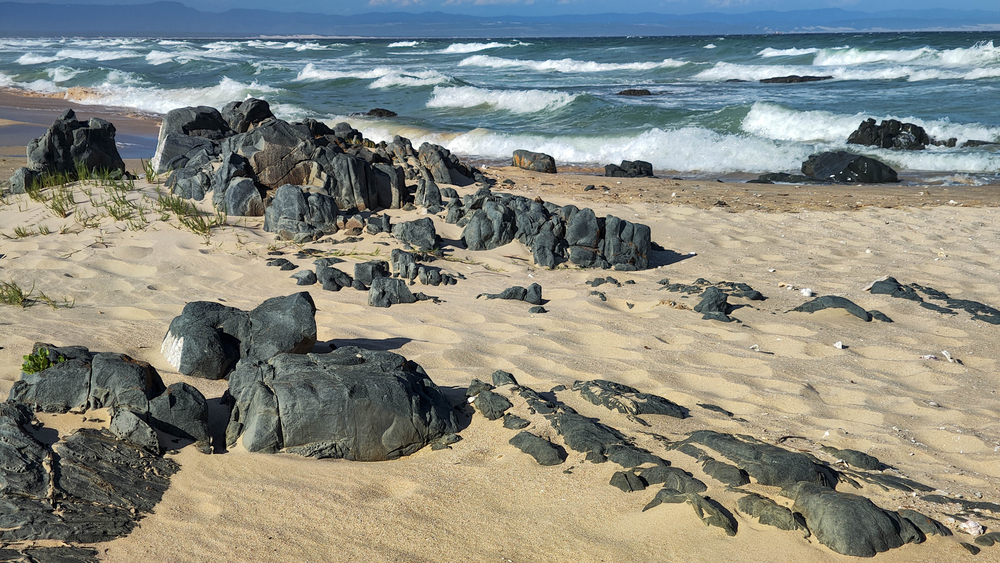
These restrictions serve important purposes across South Africa. Private game reserves use exclusivity to fund conservation efforts and maintain low tourist impact on wildlife. UNESCO World Heritage Sites protect irreplaceable cultural and natural treasures through controlled access. Border towns manage security and immigration procedures. Mining areas prioritize safety and security.
Understanding these entry requirements helps you plan better and shows respect for South Africa’s conservation efforts, cultural heritage, and practical security needs. Most restrictions exist for good reasons, whether protecting endangered species, preserving archaeological sites, or ensuring visitor safety in remote or sensitive areas.
More from Travel Pug

- 20 Best Beach Towns in the Carolinas
- 13 Destinations Where Tourists Regularly Regret Their Trip
- 20 Things You Actually Get in First Class
- 20 Small Airports With Aviation Museums
- 20 Places in the U.S. That Are Perfect for a Reset Trip
Like Travel Pug’s content? Follow us on MSN.
